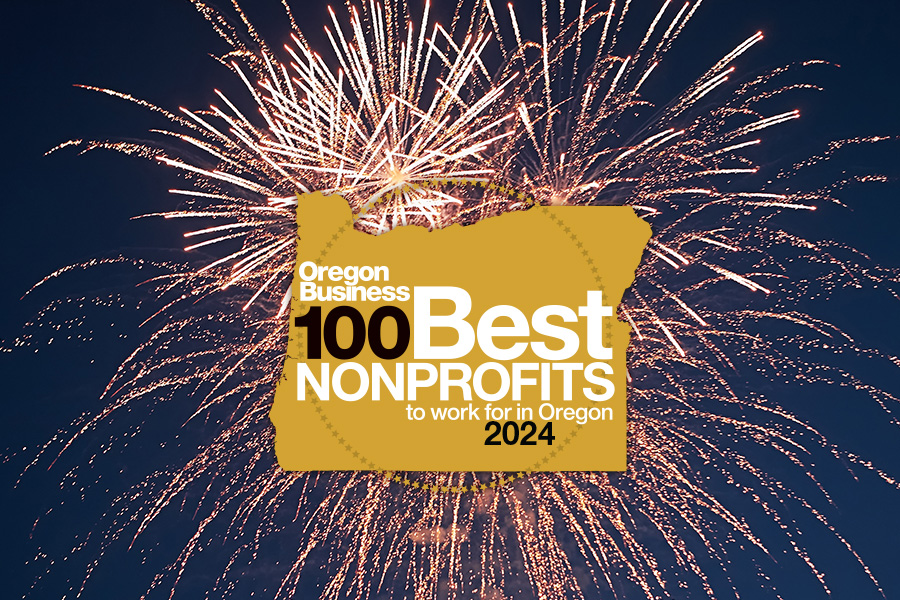Client: Hey, I need your advice on something sticky. One of my employees just came to me and said they’ll leave if they don’t get a pay raise. The problem is, the raise they’re asking for is totally out of alignment with our internal pay equity. What should I do?
Consultant: The “raise or I walk” threat. It’s like being asked to pick between your favorite child and your prized pet—you don’t want to lose either, and you also can’t just give in to demands that upset the balance at home (or in this case, the office). We can help you navigate this with grace and maybe even a little humor.
Client: Great, because I’m really not sure how to handle this. I want to keep them, but I also can’t just blow up our pay structure to make one person happy.
Consultant: Exactly. The first thing to remember is that threats like this can be a sign of something deeper. Maybe this employee feels undervalued, or maybe they’ve heard through the grapevine that someone else got a raise and now they want one too. It’s important to get to the bottom of what’s really going on before making any decisions.
Start by having a calm, open conversation with them. You might say, “I appreciate you coming to me with your concerns, and I’d like to understand more about what’s driving this request. Let’s talk about what’s on your mind.” This gives them a chance to air their grievances without you immediately feeling like you’re cornered into making a decision.
Client: Okay, but what if they just keep pushing for the raise? They’re pretty adamant about it.
Consultant: If they’re still stuck on the raise, it’s time to bring out the facts—and I mean the hard numbers. Explain your company’s approach to pay equity and how you determine salaries. You could say, “We’re committed to maintaining a fair and equitable pay structure across the company. Your request is outside of the range we’ve established to ensure everyone is paid fairly for their role and experience.”
This is where you need to be transparent about how raises are determined. If they’re performing at a high level, let them know you recognize that and explain how that could lead to a raise within the established structure—just not the one they’re demanding. It’s about showing them that the process is consistent for everyone.
Client: But what if they threaten to leave again? How do I keep the conversation productive?
Consultant: Here’s where you turn the conversation around and ask some questions of your own. You might say, “I hear that this raise is important to you, and I want to understand more about what’s driving this decision. What are your long-term goals here, and how can we help you achieve them within our current structure?”
This does two things: First, it shifts the focus from the immediate demand to their future at the company, which could reveal underlying issues like career development or feeling undervalued. Second, it gives you a chance to explore other ways to satisfy their needs—like offering additional responsibilities, career growth opportunities, or non-monetary benefits that might align more closely with their goals.
Client: Okay, that’s helpful. But what if they’re still set on the raise and nothing else seems to matter? Do I just let them go?
Consultant: If it comes down to that, you have to weigh the pros and cons. Sometimes, an employee might be bluffing, thinking the threat of leaving will force your hand. If you’ve laid out the reasons why you can’t grant the raise and offered alternatives, and they’re still not budging, you need to consider what’s best for the business.
You might say, “I understand your position, and we need to maintain consistency in our pay structure. If this is a deal-breaker for you, I respect your decision, and I will wish you well if you resign.”
It’s never easy. Sometimes letting someone go—if they’re unwilling to work within the established system—is the best course of action. It’s about protecting the integrity of your pay equity and the morale of your team. If word gets out that one person got a huge raise by threatening to leave, you’ll have a line outside your door in no time!
Client: That’s true. But what if I really want to keep this person? They’re valuable and losing them would hurt the team.
Consultant: If they’re truly valuable and you want to explore ways to keep them, which result in a raise, you will likely be giving raises elsewhere also. Pay Equity isn’t a choice, it’s risk mitigation against illegal discrimination. Their value would need to offset all of the costs, assessment of changes to policy systems, training, processes, and the actual raise as well as the raises to others.
Client: What if I just can’t meet their demands, and they do leave? How do I manage the fallout?
Consultant: First, don’t panic. Employees leave for various reasons, and while it’s unfortunate, it’s also an opportunity to bring in fresh talent. If they decide to go, focus on a smooth transition. You might say, “I’m sorry to see you go, and I respect your decision. Let’s work together to ensure a smooth handover so the team can continue to thrive.”
Then, take a step back and assess what this situation has taught you. Were there signs earlier that this employee felt undervalued? How can you improve pay communication or career development to prevent similar situations? Use this as a learning experience to strengthen your team and processes.
Client: I guess that’s the best I can do. Any final words of wisdom?
Consultant: Just remember: it’s all about balance. While you want to retain your top talent, you can’t sacrifice the integrity of your pay structure or risk a discrimination lawsuit. Be empathetic and be clear. If you stick to your principles while showing you’re willing to work with employees on other solutions, you’ll build a strong, loyal team—and minimize those awkward “raise or I’m out” ultimatums in the future.
We are here to help anytime. Thanks for the conversation.








